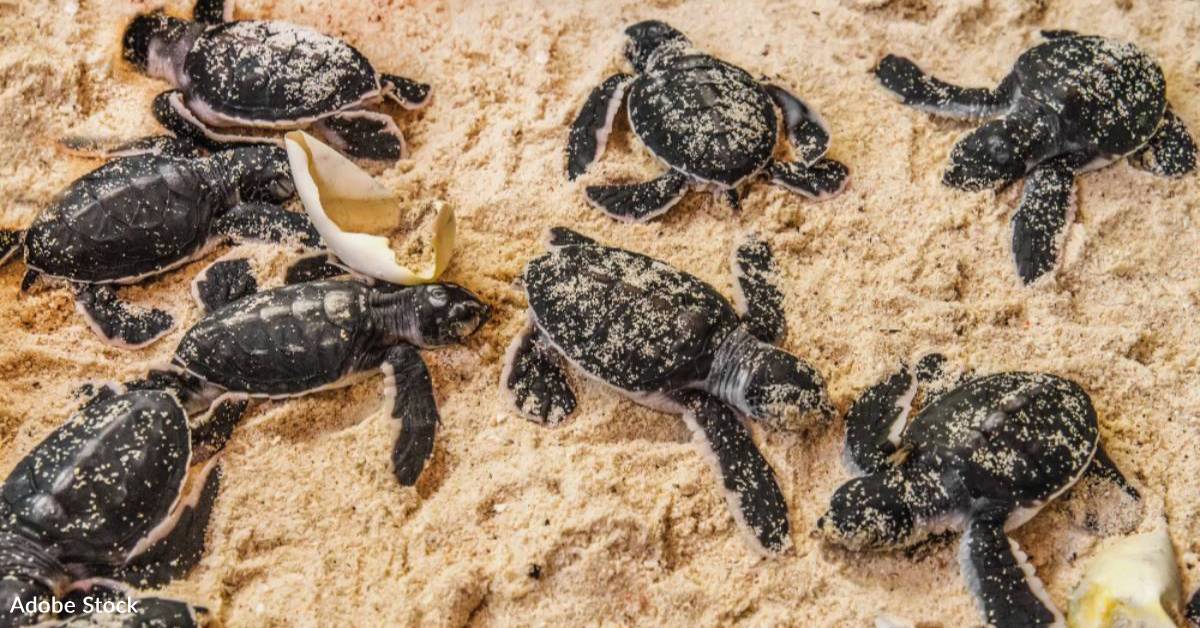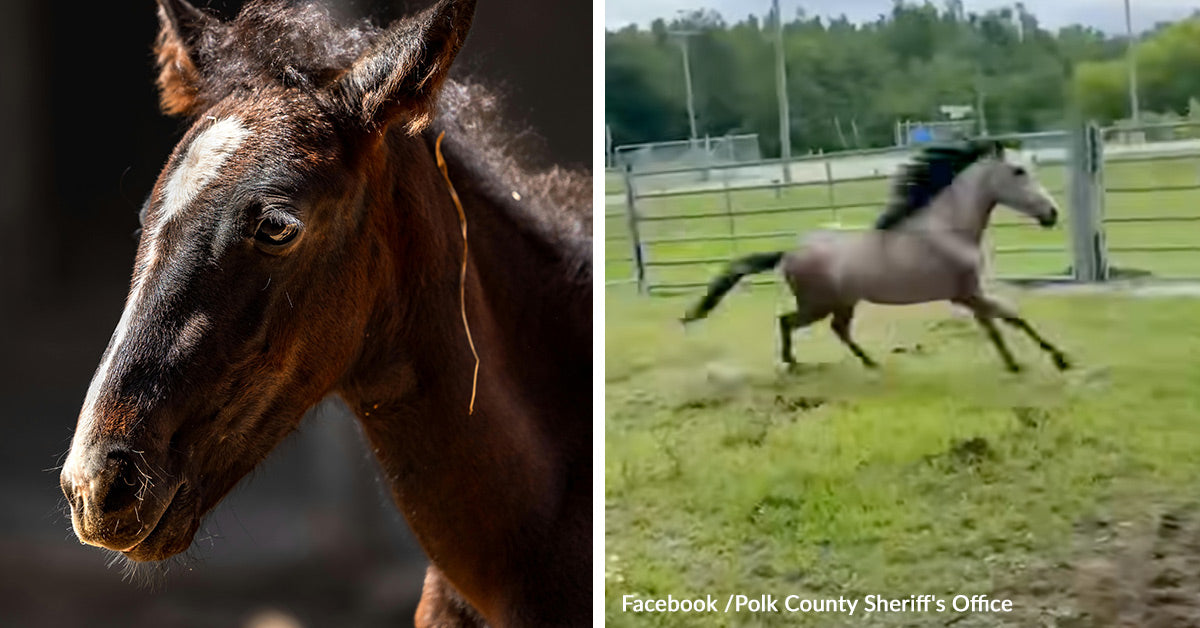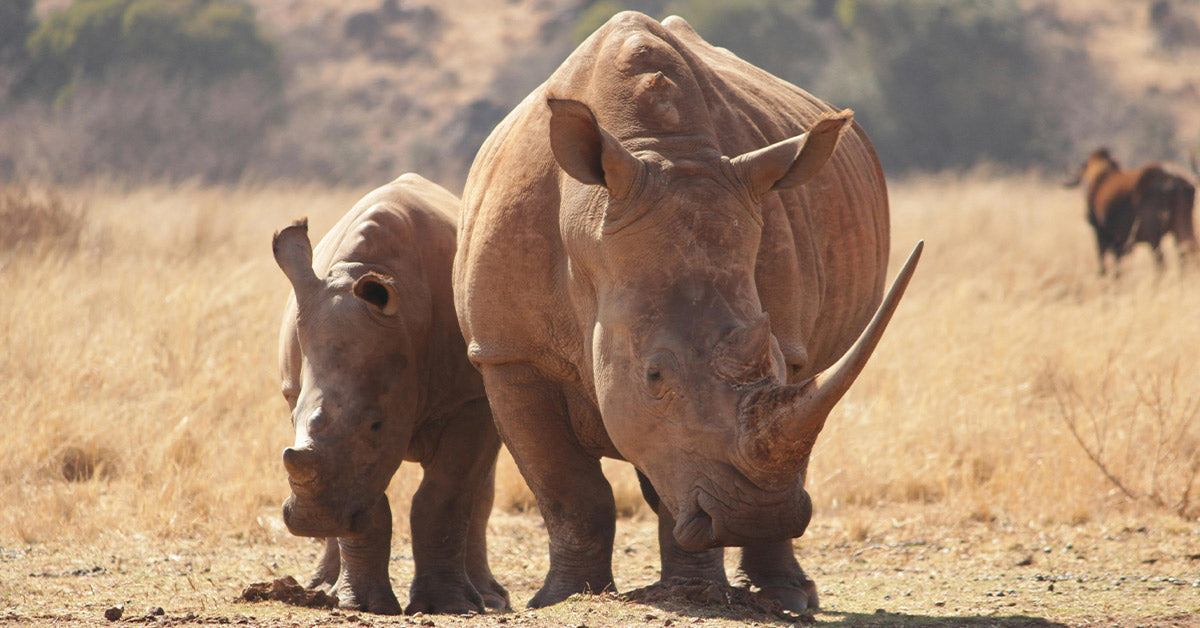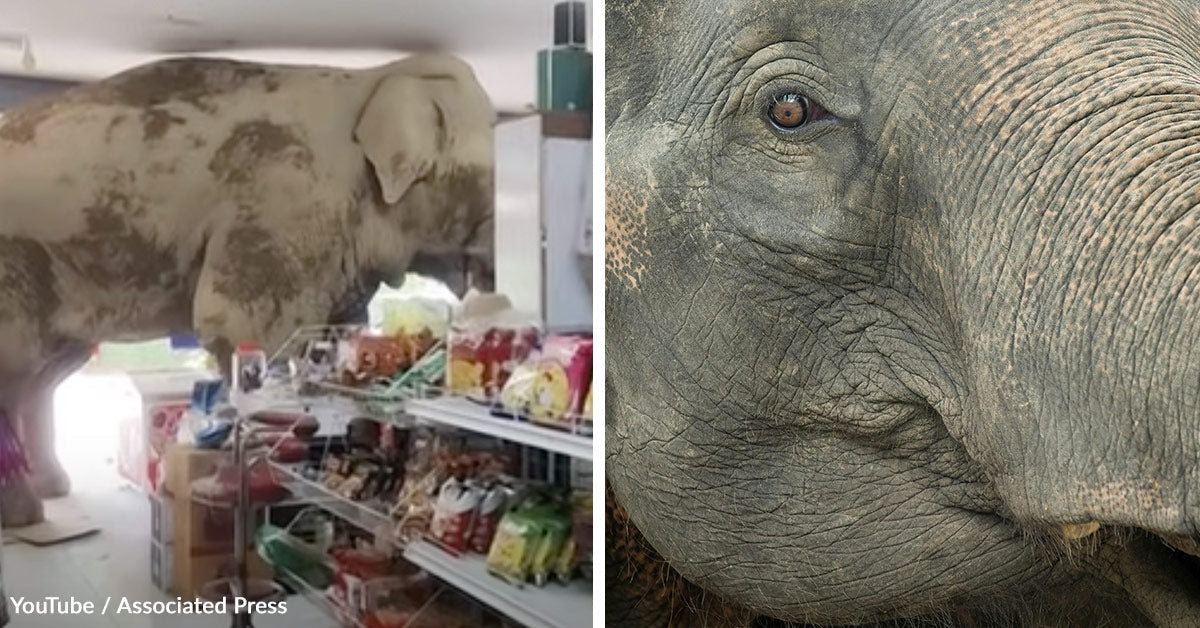Help Protect Nests to Ensure More Endangered Baby Sea Turtles Survive

Sea turtles have inhabited Earth for hundreds of millions of years, coexisting with dinosaurs during prehistoric times; however, all seven extant species are classified as either threatened or endangered today. Between the impacts of commercial and recreational fishing, habitat loss and degradation owing largely to human activities, and even being killed for consumption, there are many threats to their survival. These threats begin before they’ve even hatched, and we’re working to provide important protections during the dangerous nesting period.
With help from your clicks, trivia participation, shopping for a cause, and direct donations, our partner Greater Good Charities (GGC) has teamed up with the nonprofit N.E.S.T. to provide a multi-layered approach to turtle nest protection in the Outer Banks of North Carolina, where N.E.S.T. has been working hard at sea turtle conservation since 1995.
The species they’ve been helping include the loggerhead, green, and Kemp’s ridley sea turtles, whose nests are threatened by predators like foxes and birds, by coastal development, by light pollution, and by beachgoers oblivious to the nests. These factors all contribute to hatchlings’ low survival rates: Only an estimated 1 in 1,000 will reach adulthood.
To improve their odds, GGC is helping support N.E.S.T.’s efforts, by providing equipment to monitor nesting sites, studying and mitigating light pollution impacts to nesting sites, and providing signs alerting beachgoers to nests’ presence so they can steer clear.

Photo: Adobe Stock
N.E.S.T. says efforts like these are also helped along by state agencies like the North Carolina Wildlife Commission and through the organization’s work with townships in Dare and Currituck Counties.
Ensuring the survival of more turtles isn’t just important to the species themselves, though. It’s also integral for the health of our oceans. Sea turtles are keystone species that control prey populations, provide nutrients to beaches through their eggs, and help maintain seagrass through their grazing, which provides habitat for a host of other marine life.

Photo: Adobe Stock
They’re also indicator species whose populations provide important insight on the health of our oceans.
If you’d like to support efforts to protect vulnerable nests and hatchlings, to give sea turtle species a better chance at survival, click below!




